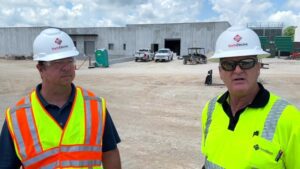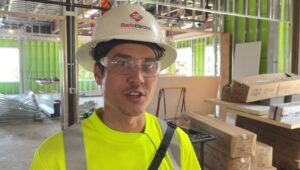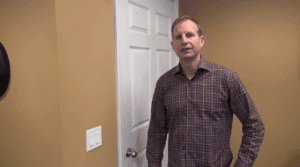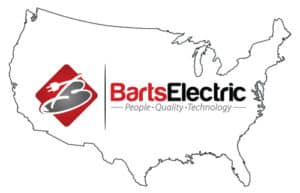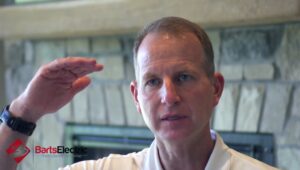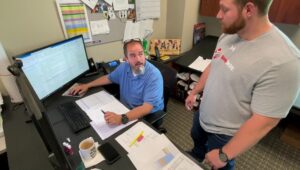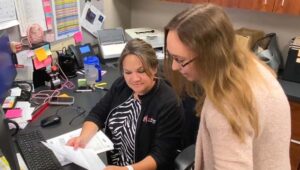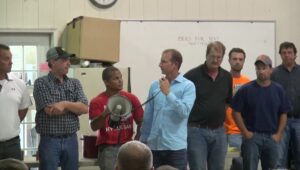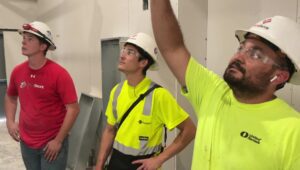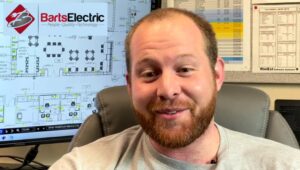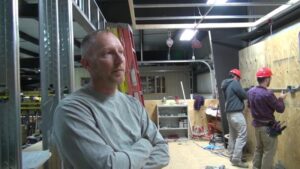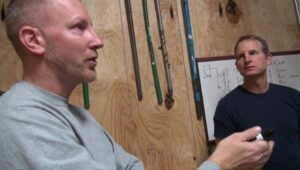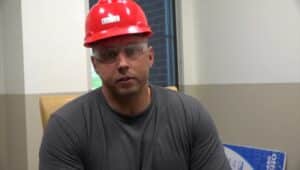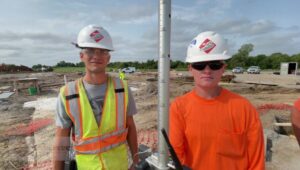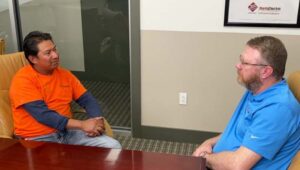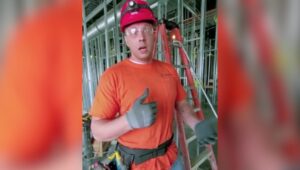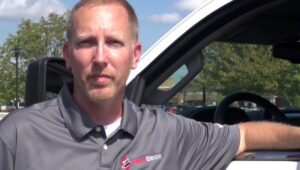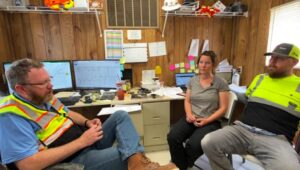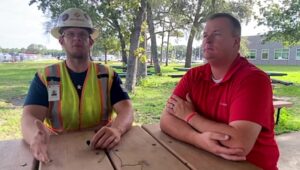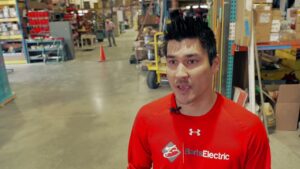Barts Electric, a leading national electrical construction contractor, stands out not only for its exceptional work but also for its commitment to proactive thinking and planning. In a recent video, Drew, an accomplished member of the Barts Electric team, shares a valuable experience that highlights the company’s dedication to precision and foresight. This article delves into the details of the incident, emphasizing how Barts Electric’s approach benefits not only its team but also those aspiring to join the electrical industry.
Identifying and Addressing Challenges
Drew’s expertise at Barts Electric came to the forefront when he noticed a discrepancy in the door frame during a project at a notable location. As he explains, the door frame was framed in one direction, while the low voltage and access control drawings indicated a different orientation. This misalignment could have led to significant issues if not addressed promptly.
Collaboration and Investigation
Recognizing the potential impact of this oversight, Drew took swift action. He collaborated with the framers and the project’s general contractor to investigate the issue further. The discrepancy was confirmed, and it was established that the floor plan had not been updated to reflect the correct door swing direction.
Matt, another team member at Barts Electric, underscores the significance of Drew’s discovery. Had the error gone unnoticed, it could have resulted in unnecessary work, financial costs, and disruptions to the project schedule. By investing less than 30 minutes in investigation and collaboration, the team identified a potential problem and prevented future rework.
The Importance of Proactive Planning
Barts Electric’s commitment to lean practices is evident in this scenario. Drew’s proactive approach to identifying waste aligns with the company’s ethos of waste elimination. The ability to foresee challenges before they escalate is crucial, especially in an industry where schedules are tight, and disruptions can be costly.
Preventing Rework and Disruptions
By addressing the door frame issue early on, Barts Electric exemplified the importance of avoiding rework. Rework not only incurs additional costs but also disrupts the project timeline. The ability to pivot swiftly and correct issues before they escalate is a testament to the company’s leadership and planning capabilities.
Opportunities for Electricians
Barts Electric is always on the lookout for skilled electricians, both apprentices and experienced journeymen. The company’s commitment to fostering a proactive and collaborative work environment makes it an ideal place for individuals aspiring to join the electrical industry.
Barts Electric’s proactive thinking and commitment to precision are exemplified in the scenario presented by Drew. This incident serves as a valuable lesson in the importance of identifying potential challenges, collaborating with stakeholders, and preventing rework. Aspiring electricians and experienced professionals alike can find opportunities to thrive in an environment that values foresight and meticulous planning. If you’re passionate about electrical construction and seek a rewarding career, consider joining the team at Barts Electric.













